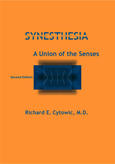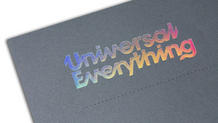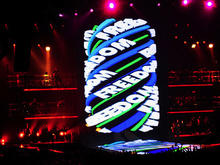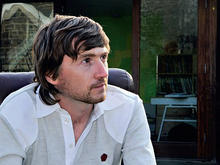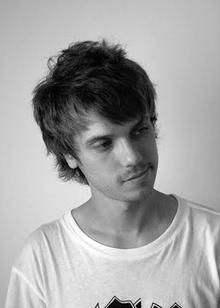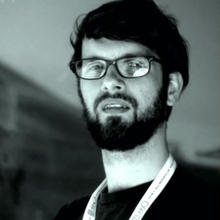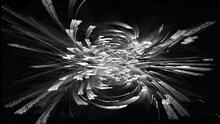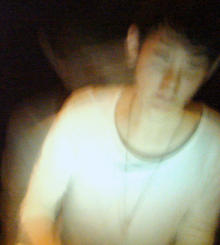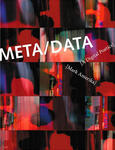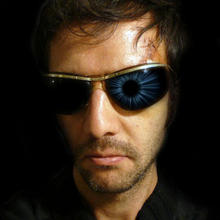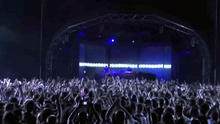Advanced Beauty
(2007)was curated by Universal Everything and musician Simon Pyke. Advanced Beauty is an international collaboration and ongoing exploration of digital artworks born and influenced by sound.
Advanced Beauty is an ongoing exploration of digital artworks born and influenced by sound, an ever-growing collaboration between programmers, artists, musicians, animators and architects.
The first collection is a series of audio-reactive video sound sculptures. Inspired by synasthesia, the rare, sensory experience of seeing sound or tasting colours, these videos are physical manifestations of sound, sculpted by volume, pitch or structure of the soundtrack.
The films embrace unusual video making processes, the visual programming language Processing, high-end audio analysis and fluid dynamic simulations alongside intuitive responses in traditional cell animation. Each artist was given the same set of parameters to work within; to start, finish and exist within a white space, creating a seamless coherence, all sculptures sharing the same white environment.
Using the 1080p HD format, with 5:1 surround sound, the films transform the screen into a digital canvas, how the minimalism of a single, floating pixel can be as engaging as the maximalism of an intense multicoloured explosion.
Curated by Universal Everything and musician Simon Pyke, Advanced Beauty is an international collaboration, taking in a family of artists from London, Russia, New York, Japan, Buenos Aires, Glasgow to San Francisco.
Source: Universal Everything

